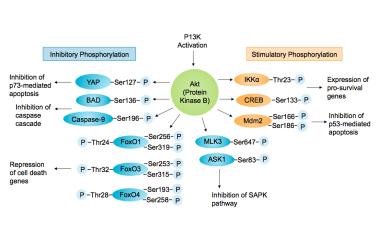
Scientists, including those of Indian origin, have discovered a compound that may have played a crucial role in the origin of life on Earth.
Researchers at the Scripps Research Institute in the U.S. hypothesised that a chemical reaction called phosphorylation may have been crucial for the assembly of three key ingredients in early life forms.
These ingredients are short strands of nucleotides to store genetic information, short chains of amino acids (peptides) to do the main work of cells, and lipids to form encapsulating structures such as cell walls.
No one has ever found a phosphorylating agent before that was plausibly present on early Earth, researchers said.
The compound produced these three classes of molecules side-by-side under the same realistic conditions, researchers said.
The TSRI scientists have now identified such a compound: diamidophosphate (DAP).
A phosphorylation chemistry that could have given rise, all in the same place, to oligonucleotides, oligopeptides, and the cell-like structures to enclose them.
That in turn would have allowed other chemistries that were not possible before, potentially leading to the first simple, cell-based living entities.
The study is part of an ongoing effort by scientists around the world to find plausible routes for the epic journey from prebiological chemistry to cell-based biochemistry.
Other researchers have described chemical reactions that might have enabled the phosphorylation of pre-biological molecules on the early Earth.
However, these scenarios have involved different phosphorylating agents for different types of molecule, as well as different and often uncommon reaction environments.
DAP could phosphorylate each of the four nucleoside building blocks of RNA in water or a paste-like state under a wide range of temperatures and other conditions.
With the addition of the catalyst imidazole, a simple organic compound that was itself plausibly present on the early Earth, DAP's activity also led to the appearance of short, RNA-like chains of these phosphorylated building blocks.
With DAP and water and these mild conditions, you can get these three important classes of pre-biological molecules to come together and be transformed, creating the opportunity for them to interact together.